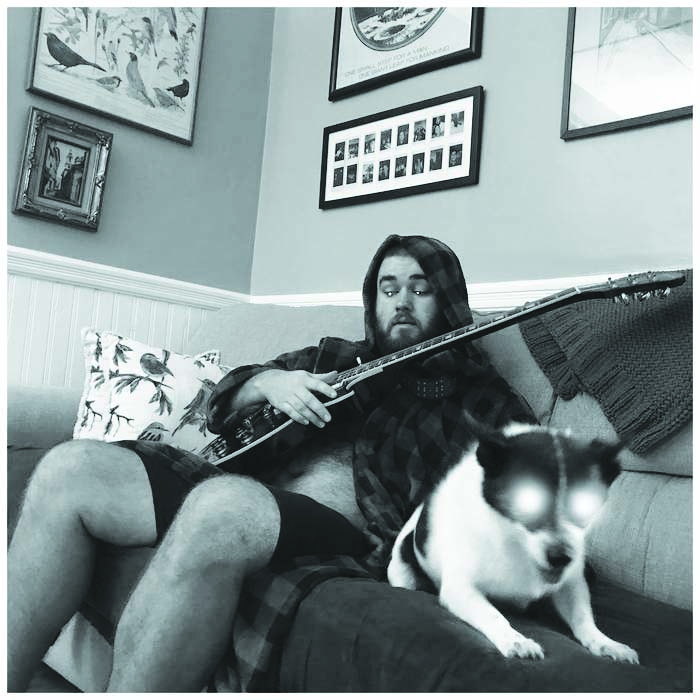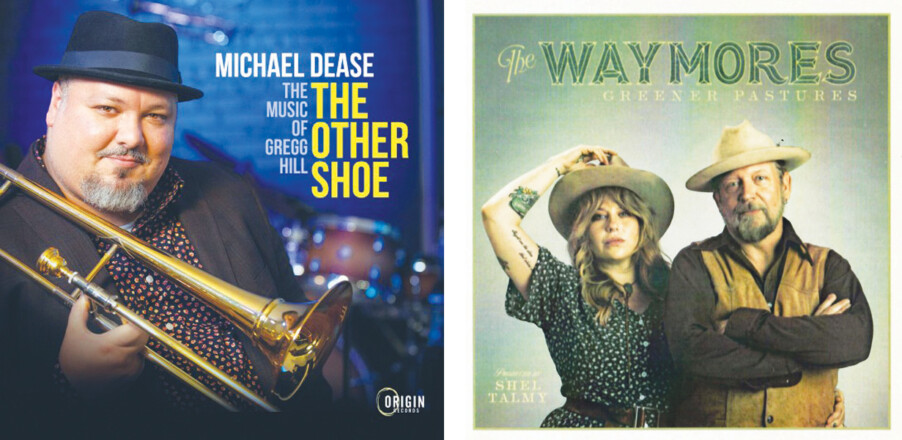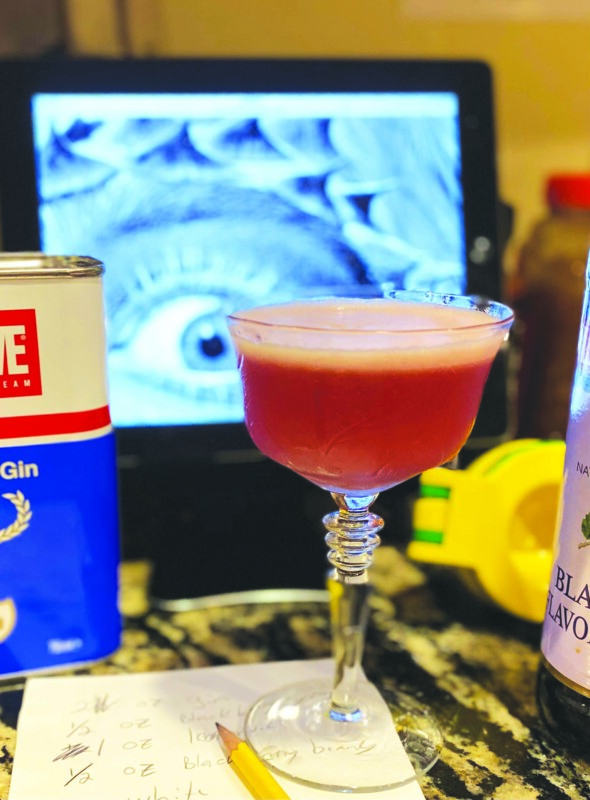Mother Iguana plans release show
Restlessness animates many artists; insomnia can cripple more than a few. For a Concord guitarist and singer-songwriter it does both. On the new album Eyeball Planet, Mac Holmes, performing as Mother Iguana, has created a song cycle about sleeplessness. The music isn’t comforting, but it brilliantly conveys the experience of the struggle to finally rest, both sonically and lyrically.
Though well-ensconced in the local music scene, Holmes recruited 22 musicians from around the world for the project. Each was given a loose outline to work with. Their tracks were emailed and assembled, collage-like, for each song. Frank Zappa and Charlie Mingus are named as influences, and the complex, textured results evoke both. Holmes explained his approach in a recent phone interview.
“My process was to write detailed prompts and briefs … including a number of reference tracks,” he said. “I encouraged people to bring their own ideas to the table and if something contradicted my idea, I’d love to hear that as well. My thinking was, they know what they do best, better than I do.”
International collaboration wasn’t the plan when Holmes began writing a few years ago.
“My initial vision for it was to do fairly dense, psychedelic arrangements with a lot of moving parts. And I can’t play most of those instruments,” he said. “Once I started along that path, I figured I should push that as far as I could go with it and just layer those things up … that’s the aesthetic I was trying to work with.”
Brazilian percussionist Tom Andrade appears on every cut, playing an exotic list of instruments too lengthy to catalog, including guizo, udu, agogô, seeds and, more prosaically, bongos. “I just love what he did so much,” Holmes said. “I wanted him on the whole thing.”
Carina Bruwer, a flute player from South Africa, offered a standout performance on “It Must Always Be Night,” which leads off the album. “She sent four or five takes of her just shredding the flute, and I felt compelled to use as much of it as I could,” Holmes said. He set them into multiple places in the mix, “kind of weaving in and out in different parts. Midway through the song, they’re kind of all going at once.”
Another Holmes influence is songwriter Van Dyke Parks, best known for his collaborations with Brian Wilson of the Beach Boys. “Lights Out” is reminiscent of Parks’ work. The touchstone song hints at the ambivalence of being on the line between waking and dreaming. “I watch the crack beneath the door, and every breath I take reminds me I’m awake, reminds me I’m alive,” Holmes sings over bouncy chords, and a swampy swell of horns, cello and vibraphone.
A release show for Eyeball Planet will happen Saturday, May 27, at Penuche’s Ale House in Concord. Singer Kelsie Collins, who contributed to the album (and is Holmes’ girlfriend), will be in a band that includes Zane McDaniel on bass, fiddlers JD Nadeau and Audrey Budington, along with multi-instrumentalist Brian Burnout.
Collins, who plays jazz standards and vintage country songs with Holmes in the duo Mac & Kelsie, will do a few of her own songs.
Missing from the group will be drummer/percussionist Killian Venman, who died suddenly on May 12. At the time of his death Venman was working with Holmes on a project at Rocking Horse Studio in Pittsfield, where Eyeball Planet was mixed. Holmes considered postponing the show, but encouragement from others who knew Venman compelled him to carry on with the date.
“I’ve repeatedly heard from friends that he would have wanted me to do that,” he said, “because he was very supportive. He was also a very ambitious, creative guy, who always had crazy art projects going on. That resonates with me as being the truth.”
Losing his close friend and collaborator does, however, cast a pall over what was supposed to be a celebration. That said, he’s glad to put the finishing touches on a project that’s consumed years of his life.
“It was already having a weird impact on my mental health, just in terms of orienting so much of my mental real estate,” Holmes said. “I indulged my mania working on this thing way past the point where anyone would even notice little things I was changing. I’m definitely proud of it, and the response to it so far has been good. A number of people whose opinions I really respect have said nice things about it.”
Mother Iguana
When: Saturday, May 27, 9 p.m.
Where: Penuche’s Ale House, 16 Bicentennial Square, Concord
More: motheriguana.bandcamp.com
Featured photo: Mac Holmes. Courtesy photo.






